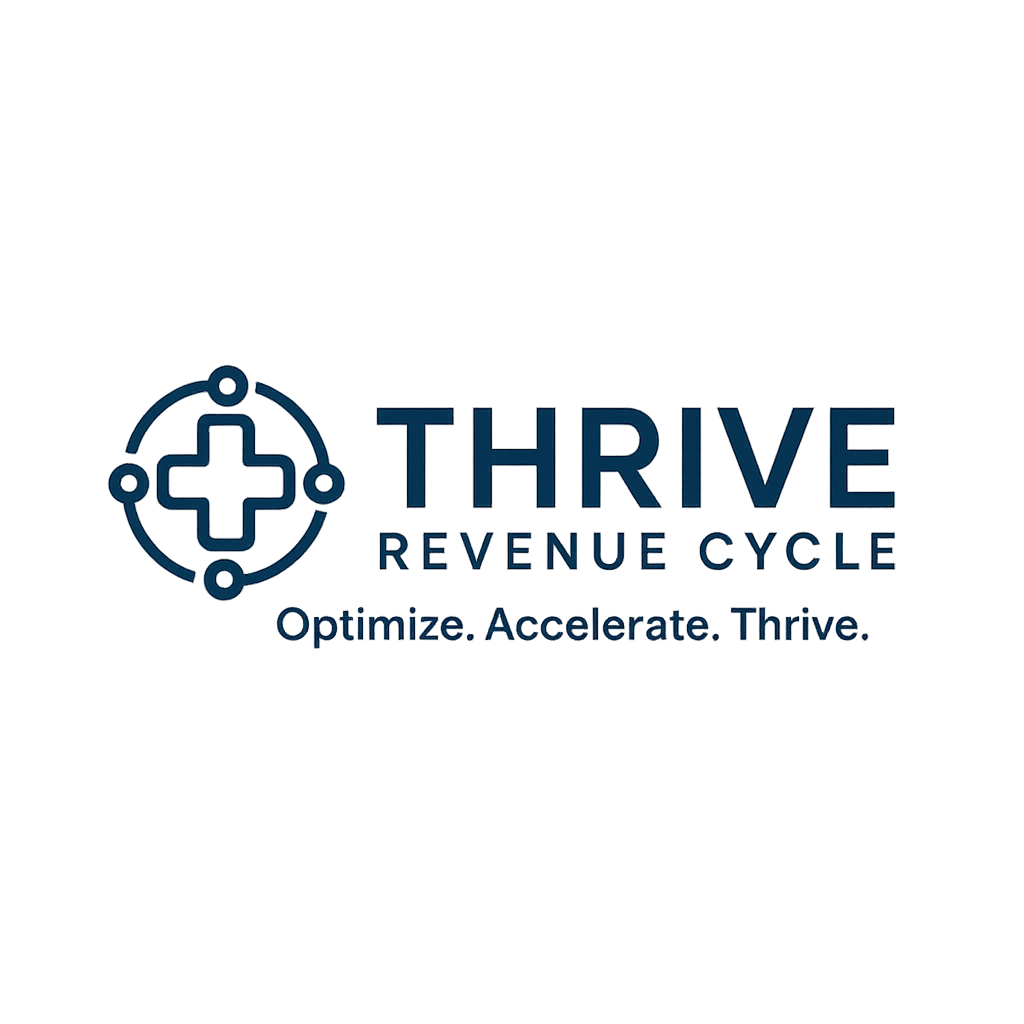Your cart is currently empty!
Navigating CPT/HCPCS Variations Across Medicare Advantage Plans
Why Billing Medicare Advantage Isn’t One-Size-Fits-All
If you’ve ever billed the same CPT code to two different Medicare Advantage (MA) plans and received two completely different responses—congratulations, you’re not alone. Unlike traditional Medicare, which follows consistent CMS-issued national policies (NCDs) and local coverage determinations (LCDs) by MACs, MA plans operate under their own rulebooks. These discrepancies are a daily frustration for providers, coders, and revenue cycle professionals—and a hidden drain on clean claims and revenue.
In today’s landscape, success in Medicare Advantage billing depends on more than knowing your codes. It requires understanding payer-specific interpretations, coverage quirks, and portal policies that can derail reimbursement even when the coding is technically correct. Let’s dive into the top five CPT/HCPCS coding pain points across MA plans—and how to solve them.
1. Same Code, Different Outcome: Inconsistent Coverage Policies
Scenario: A primary care clinic bills CPT 99496 (transitional care management, high complexity) to three MA plans. Two pay, one denies for “service not covered.”
Root Cause: While CMS covers transitional care services under specific guidelines, some MA plans require additional documentation (e.g., post-discharge medication reconciliation within 48 hours) or prior authorization, even when CMS does not.
Solution:
- Verify payer-specific MA policies—even for CMS-covered codes.
- Keep a payer matrix that outlines which codes require prior auth, additional documentation, or alternate submission methods.
- Educate providers on MA-specific requirements for common CPT services.
2. HCPCS Code Conflicts: Supply and DME Denials
Scenario: An FQHC bills A4550 (surgical tray) with a minor in-office procedure. Traditional Medicare pays, but the MA plan denies as “bundled.”
Root Cause: Some MA plans follow commercial guidelines that treat certain HCPCS codes as included in the procedure fee—even when Medicare covers them separately.
Solution:
- Before billing, consult the MA plan’s fee schedule or claims edit logic.
- When applicable, append modifier 59 or a relevant “X” modifier (e.g., XS) to distinguish the service.
- If denial occurs, appeal with reference to CMS policy and evidence of medical necessity.
3. Risk Adjustment Coding Rules Aren’t Universal
Scenario: A cardiologist documents and codes I50.32 (chronic diastolic heart failure) and E11.22 (Type 2 DM with CKD) for an MA patient, but the encounter is rejected due to “unsupported HCC coding.”
Root Cause: Some MA plans require specific templates or provider attestations for HCC capture, and their coding auditors may reject diagnoses that aren’t clearly tied to clinical findings.
Solution:
- Train providers on MEAT criteria (Monitor, Evaluate, Assess, Treat) for HCC documentation.
- Use MA-compliant risk adjustment tools or scrubbers prior to submission.
- Review HCC reconciliation reports quarterly to ensure accepted coding aligns with plan expectations.
4. Telehealth Code Acceptance Varies by Plan
Scenario: A behavioral health clinic bills 90837-95 (telehealth psychotherapy, 60 mins) to multiple MA plans. Some deny due to platform restrictions.
Root Cause: Each MA plan may define telehealth eligibility, place of service codes, and platforms differently. Even though CMS allowed broad telehealth expansion, MA plans can impose their own rules.
Solution:
- Confirm telehealth platform and POS code requirements per MA payer.
- Validate coverage by payer contracts or provider manuals.
- Use modifiers GT or 95 appropriately, and document patient consent clearly in each encounter.
5. LCD/NCD Discrepancies Create Coding Confusion
Scenario: An orthopedist bills 20610 (large joint injection) with M17.11 (unilateral osteoarthritis, right knee). Denial reason: “diagnosis not supported.”
Root Cause: The MA plan follows a different LCD than the MAC jurisdiction, requiring a more specific or additional diagnosis code (e.g., imaging-confirmed OA or documented conservative treatment failure).
Solution:
- Maintain a shared LCD/NCD quick-reference tool that crosswalks payer expectations.
- Educate clinical staff on documentation triggers that support coverage (e.g., radiographic confirmation).
- Appeal with peer-reviewed literature or the Medicare LCD/NCD policy, when appropriate.
Bonus: How to Navigate MA Plan Portals and Representatives
Communicating with MA payers is part art, part science. Here’s how to make it smoother:
Tips:
- Always get a reference number for phone calls and portal inquiries.
- Document rep name, date/time, and guidance in the patient’s record.
- Use provider bulletins and online tools to track recent changes.
- Don’t be afraid to escalate through provider relations for high-dollar or systemic denials.
Final Takeaway: A Quick MA Coding Compliance Checklist
✅ Review MA-specific billing rules monthly
✅ Maintain a payer edit logic matrix
✅ Validate telehealth, HCC, and HCPCS rules per payer
✅ Train providers on MA-compliant documentation and coding
✅ Use pre-bill audits and denial trend analysis to catch coding mismatches early
Let’s Keep the Revenue Moving
Medicare Advantage isn’t going anywhere—and neither are its quirks. Coders and RCM teams who proactively tailor their workflows by payer will protect revenue, reduce friction, and keep claims clean the first time.

